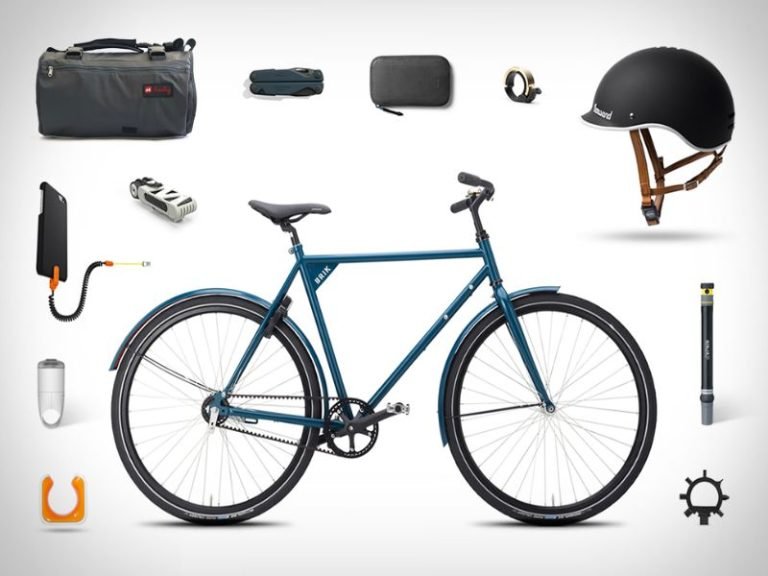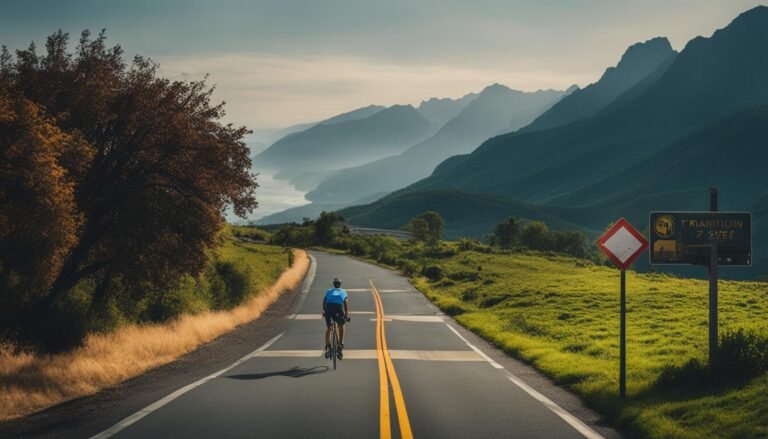Mountain Biking Uphill Tips
Discover expert mountain biking uphill tips to conquer steep terrain with ease. Learn essential techniques and gear recommendations for a thrilling uphill biking adventure.
How to Get into Mountain Biking
Uphill riding presents a formidable challenge in mountain biking, pushing the boundaries of both your physical and mental capabilities. This skill, however, is not just about conquering climbs; it’s about expanding your horizons.
Mountain Biking Uphill Tips
Whether you’re facing steep ascents or gradual inclines, improving your uphill techniques will undoubtedly enhance your overall riding skills, making your mountain biking adventures more fulfilling.
Benefits of Uphill Riding Skills
- Endurance Building: Uphill riding serves as an exceptional method to develop cardiovascular endurance and strengthen muscles. It engages various muscle groups, including the legs, core, and upper body.
- Confidence Boost: Successfully mastering uphill challenges instills a profound sense of confidence and self-assurance, equipping you for diverse terrains and experiences.
- Trail Exploration: Proficiency in uphill riding unlocks a broader spectrum of trails that would otherwise remain inaccessible. It’s an invitation to explore new terrains and embrace fresh adventures.
- Fitness Improvement: Uphill riding is a potent calorie-burning workout that enhances overall fitness levels. It offers a holistic exercise routine that aids in weight management.
Pre-Ride Preparation
Proper Bike Selection and Setup
Choosing the Right Gear Ratio: Your choice of gear ratio is pivotal, dictated by the impending terrain. Lower gears shine on steep climbs, while higher gears excel on gradual inclines.
Tire Selection and Pressure: Opt for tires with suitable tread patterns that grip uphill terrains. Adjust tire pressure thoughtfully, factoring in trail conditions and your body weight.
Rider Preparation
Warm-up Exercises: Engage in dynamic stretches and light cardio exercises before confronting uphill challenges. This warms up muscles, increases blood flow, and optimizes performance.
Hydration and Nutrition: Hydrate adequately before and during your ride, and fuel your body with easily digestible carbohydrates for sustained energy throughout climbs.
Riding Techniques for Uphill Terrain
Body Positioning and Posture
Leaning Forward for Balance: Slight forward leaning optimally distributes weight between your front and rear wheels, ensuring traction and control.
Bend Elbows and Knees: Maintain a relaxed posture by gently flexing your elbows and knees. This mitigates shock absorption and enhances maneuverability.
Gear Management
Anticipating Gear Changes: Foresee terrain variations and preemptively adjust your gear to tackle steep ascents or level terrain.
Efficient Shifting for Momentum: Seamlessly shift gears to maintain a consistent pedal cadence, preserving precious momentum.
Pedaling Techniques
Smooth Cadence: Strive for a steady pedaling rhythm to avoid abrupt bursts of exertion.
Using Both Legs: Distribute effort evenly between both legs, engaging both the upstroke and downstroke for optimal efficiency.
Focus on Traction
Choosing Optimal Lines: Select the path with superior traction, sidestepping loose gravel or obstacles that might jeopardize your grip.
Avoiding Obstacles: Navigate skillfully around loose rocks or roots to uphold traction and prevent wheel spin.
Climbing Strategies
Pacing and Effort Management
Finding a Sustainable Rhythm: Initiate climbs at a pace sustainable throughout the entire ascent. Strive for progress without an overly aggressive start.
Avoiding Early Burnout: Conserve energy by pacing yourself, preventing premature exhaustion during climbs.
Seated vs. Standing Climbing
Utilizing Different Techniques for Various Gradients: Employ seated climbing for moderate inclines and standing climbing for steeper sections.
Minimizing Energy Expenditure: Alternate between seated and standing positions to fend off muscle fatigue and optimize efficiency.
Short vs. Long Climbs
Tailoring Strategies Based on Climb Length: Adapt your approach based on the climb’s length—employ greater effort for short climbs and pacing for longer ones.
Mental Approaches
Positive Self-Talk and Motivation Maintain a constructive mindset by celebrating your progress and achievements. Positive self-talk fortifies motivation during challenging ascents.
Breaking the Climb into Sections Divide daunting climbs into manageable segments, conquering one at a time, and savoring each accomplishment.
Visualizing Success and Maintaining Focus Mentally picture reaching the summit and stay absorbed in your technique and breathing, ensuring unwavering focus.
Handling Technical Uphills
Handling Switchbacks and Tight Corners Tackle switchbacks with precise speed control and wide turns, utilizing optimal body positioning for cornering.
Navigating Rocky and Rooty Sections Lift your front wheel slightly to clear obstacles, all the while keeping your weight centered to maintain balance.
Overcoming Obstacles While Maintaining Momentum Master the art of “floating” over obstacles, briefly unweighting the front wheel and harnessing momentum to surmount hindrances with ease.
Recovery and Rest Techniques
Taking Short Breaks for Recovery In the face of especially demanding climbs, consider brief breaks to recover, recharge, and resume with renewed vigor.
Controlled Breathing to Manage Exertion Prioritize controlled, deep breaths to oxygenate muscles, steering clear of shallow breathing that can lead to fatigue.
Maintaining a Comfortable Heart Rate Zone Monitor your heart rate to ensure exertion stays within sustainable limits, averting burnout and sustaining a steady pace.
Safety Considerations
Sharing Trails with Other Riders Effective communication is key when encountering fellow riders, particularly when passing or being overtaken on uphill sections. Employ clear signals and courteous etiquette.
Proper Signaling and Communication Employ hand signals and vocal cues to convey your intentions, fostering a secure riding environment.
Importance of Wearing Protective Gear Acknowledge the technical challenges that uphill riding may present and equip yourself with essential protective gear—helmets, knee/elbow pads—to mitigate the risk of injuries.
Post-Ride Practices
Cool-Down Stretches for Muscle Recovery Initiate gentle stretches post-ride to prevent muscle tightness and improve flexibility, supporting overall recovery.
Hydration and Nutrition After the Ride Rehydrate adequately and replenish your energy stores with a balanced snack or meal, aiding in recovery and revitalization.
Reflecting on the Ride and Setting Goals for Improvement Post-ride, reflect upon your uphill riding performance. Identify areas for enhancement and establish pragmatic goals for your upcoming rides.
Training and Progression
Incorporating Hill Repeats into Training Integrate hill repeats into your training regimen to target uphill strength and endurance explicitly. Gradually amplify the number of repetitions over time.
Tracking Progress and Measuring Improvements Maintain a training journal to log uphill riding accomplishments and advancements, monitoring factors such as speed, heart rate, and perceived effort.
Seeking Professional Coaching If Needed For tailored guidance and structured training, contemplate enlisting the services of a professional coach. Their expertise can be instrumental in elevating your uphill riding skills.
Remember the key uphill riding tips outlined in this guide, recognizing their essential role in shaping you into a skilled uphill rider. Keep practicing and honing your skills; expertise in uphill riding develops gradually with your commitment and persistence.
Above all, savor the immense satisfaction and fulfillment that arise from conquering challenging ascents and pushing your limits on the trails.







